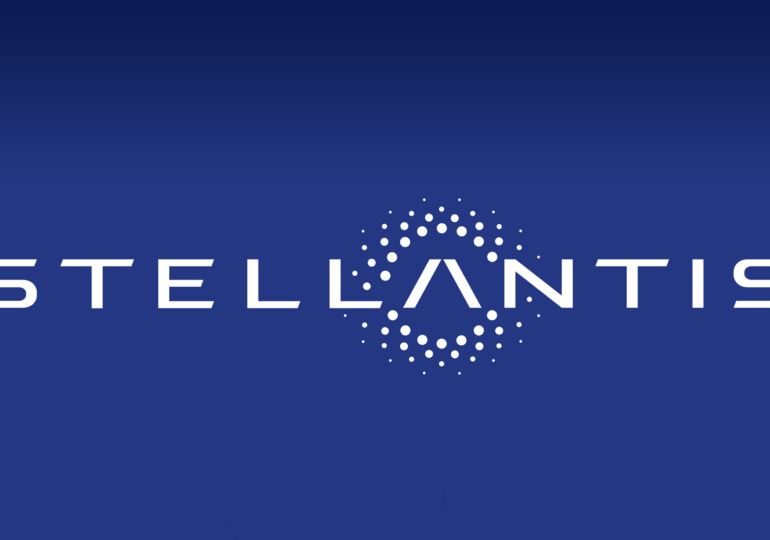Insights from Jarred Sumner: The Vision Behind Bun.js and the Future of Tech Startups

Bun.js is transforming the server-side JavaScript landscape, emerging as a comprehensive and innovative runtime solution.
One of the most exciting developments in the JavaScript ecosystem is Bun.js, a groundbreaking server-side runtime and toolset created from the ground up. Garnering significant attention from the developer community, Bun.js has amassed nearly 40,000 stars on GitHub, signaling its rapid rise in popularity. I recently had the opportunity to speak with Jarred Sumner, the mind behind Bun, who has successfully secured venture capital funding for his startup, Oven.sh, to further develop the project. Our conversation delved into the inspiration behind Bun.js, its technical features, and Jarred’s journey as a startup founder.
Jarred shared that his motivation to create Bun stemmed from frustration with the slow and cumbersome nature of existing JavaScript tooling. Before Bun, he was immersed in building a multiplayer in-browser voxel game. As the codebase expanded, the feedback loop became painfully slow, with changes taking around 30 seconds to reflect in the browser. This delay was enough to leave him idle long enough to read through Hacker News, prompting him to rethink the efficiency of build tooling. It was this experience that catalyzed his desire to create a more efficient and streamlined environment for JavaScript development.
When discussing the objectives of Bun, Jarred emphasized that it aims to be a comprehensive solution for developers. Bun is not just another tool but an all-in-one JavaScript and TypeScript environment that encompasses bundling, transpiling, npm package management, and runtime functionality. By focusing on speed and simplicity, Bun aims to enhance the developer experience. A key aspect of this vision is ecosystem compatibility; Jarred designed Bun to be a drop-in replacement for Node.js. He wants developers to seamlessly transition to Bun without needing to overhaul their existing codebases, allowing for smoother adoption.

One of the standout features of Bun is that it does not require a separate bundler like Webpack or Vite, which has traditionally been a part of the JavaScript development workflow. During our conversation, Jarred pointed out that the built-in bundler feature of Bun coincided with our discussion, showcasing the project’s ambition to consolidate various tools into one framework. By integrating bundling directly into the runtime, Bun simplifies the development process and reduces the number of dependencies developers need to manage.
As we continued our discussion, Jarred highlighted the importance of compatibility with existing Node.js APIs. Bun includes support for many native modules such as fs, path, and process, ensuring that developers can leverage their familiar tools and libraries without significant modification. This compatibility is crucial for easing the transition for those who have invested time and resources into their existing Node.js applications.
In summary, Bun.js represents a significant leap forward in the JavaScript landscape, aiming to address long-standing frustrations with tooling inefficiencies. With its all-in-one approach, Bun not only accelerates development but also fosters a more cohesive ecosystem. As Jarred continues to develop Bun through his startup, the future looks promising for both the project and the broader JavaScript community, which stands to benefit from a more efficient and streamlined development experience.





















